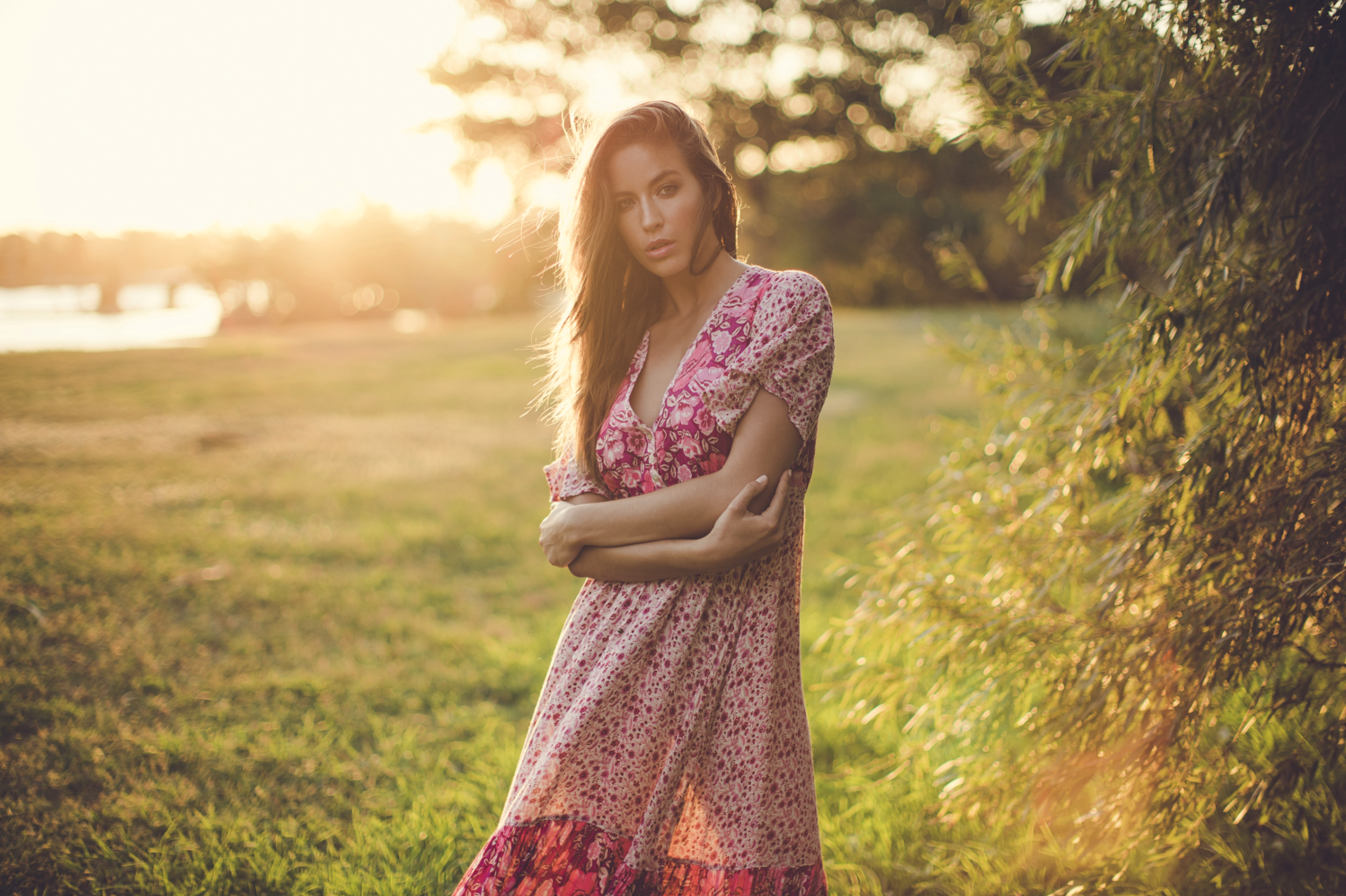Light is that natural wonder that allows us to see and appreciate our surroundings. We as photographers can change the mood of an image by changing the quality of light or by changing the position of the light source.
Quality of light:
Quality of light can be separated into hard or soft light.
Hard light is produced when the light source is moved further from the subject. Hence, coser the source, softer the light, further the light source, harder the light. Hard light and soft light is also managed by controlling the size of the light source. Smaller the light source, harder the light; and larger the light source, softer the light. Hard light can also be softened by introducing a diffuser between the light source and the subject. The diffuser increases the size of the light source and hence softens hard light.
Hard and soft light can be used to create mood in an image
Hard
light
Hard light is harsh, contrasty and intense. It creates bright highlights and dark shadows with sharp transitions between highlights and shadows. Occurs naturally during mid afternoons on sunny days. Hard light is generally used in portraiture to photograph men.
Photographer: Julia Trotti
Softlight
Soft light is gentle, soft, smooth and creates flattering images. It creates gentler transitions between highlights and shadows. The highlights are not too bright and the shadows are not too dark. Occurs naturally during golden hour or when the sky is overcast. Soft light is generally used in portraiture to photograph women and babies.
Photographer: Julia Trotti
The direction of light:
When light falls on a subject from different directions, it creates different moods. By understanding how the directions of light effects mood, light can be use more effectively in photography.
Sidelight
Side light is created when light is projected on the subject from the side. The light partially lights the subject to create a sense of drama and mystery.
Photographer: Michael Woloszynowicz
Frontlight
Front light is created when light falls on the subject from the front. This completely lights up the subject and creates least amount of shadows. Front light is flattering and commonly used in portraiture.
Photographer: Michael Woloszynowicz
Backlight
Backlight is created when light falls on a subject from behind. This leaves the subject under exposed and may require the use of a reflector depending on the kind of image being created. The subject may turn out silhouetted and halo or a rim out light around.
Photographer: Julia Trotti
Toplight
Top light is created when light falls on a subject from top. This creates dark shadows and creates a sense of mystery and danger.
Photographer: Babak Fatholahi
Article by Asif Hussein






